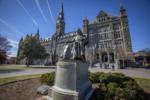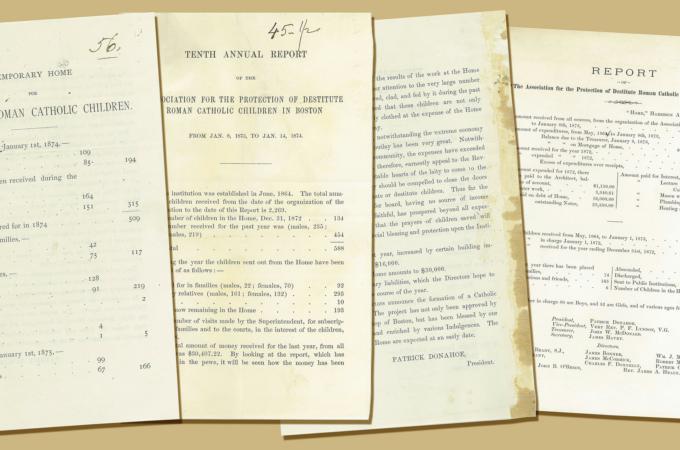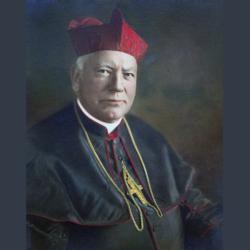The Home for Destitute Catholic Children
As the 19th century progressed, so, too, did ideas about how to care for orphaned children. In the first half of the century, it was believed that these children were best served by boarding them at institutions. Children could be admitted short-term, in between stays with family members, or long-term, leaving once they were old enough to find employment and support themselves. Examples amongst Catholic charities in Boston include St. Vincent Orphan Asylum for girls, and later the House of the Angel Guardian for boys.
Eventually, a shift in ideology led to the belief that orphaned children were best served by placing them with families. The aforementioned Catholic institutions had not been established with this mission and were therefore not equipped to fill this role. Other religious and secular institutions did place children with families but, from a Catholic perspective, there were concerns about placing Catholic children in Protestant homes and losing the connection to their faith.
What would eventually be established to fill this role was the Home for Destitute Catholic Children. It evolved from a "charity school," founded by a Protestant, Samuel Eliot, on Nov. 25, 1850. The school was privately funded by primarily Protestant philanthropists and offered a free education to poor children who, in this case, were mostly Catholic.
In July 1856, Eliot left the school and it reopened in September, with the Diocese of Boston taking part in its management. In 1864, the Association for the Protection of Destitute Catholic Children was established and assumed control of the school, renaming it Home for Destitute Catholic Children -- though it should be noted this did not preclude it from continuing to receive the generous support of Protestant benefactors.
It met the need of placing orphaned and destitute children into homes, and also differed from earlier Catholic institutions in that the superintendent actively sought out children in need from poor homes, the court system, and prisons. It was believed that by removing children from these threatening situations they would be prevented from falling into a life of crime. The boys and girls who entered were cared for free of charge while they stayed, but were discharged as soon as a suitable home could be found for them.
On Jan. 17, 1866, the Daughters of Charity assumed daily operations of the institution. The following year, a lot on Harrison Avenue in Boston, opposite the Immaculate Conception Church, was purchased and on Oct. 1, 1871, a new building for the institution was dedicated by Archbishop John J. Williams.
An examination of the annual reports can help measure how successfully the institution fulfilled its mission. For example, the annual report for the period from January 1872 through January 1873 shows that at the beginning of the period only 61 children were in residence, and through the end of the year 323 additional children admitted, but of the 384 total only 132 remained in residence. This rose to 193 by January 1874, after seeing the influx of another 454 children during the intervening year. There is a detailed account of where the children went when discharged, the majority being placed with relatives or friends, and the next largest number with adoptive families.
Of course, a much larger sample size is required to determine the overall success of the institution or examine any trends. For those interested, the archive holds ledgers from the institution containing annual reports and meeting minutes that provide insight into the operation. For more information about social services for children in Boston during the 19th and early 20th centuries, please see "Boston's Wayward Children: Social Services for Homeless Children, 1800-1930," by Peter C. Halloran, which discusses a variety of institutions and changes in child welfare during those years.
- Thomas Lester is the archivist of the Archdiocese of Boston.



















